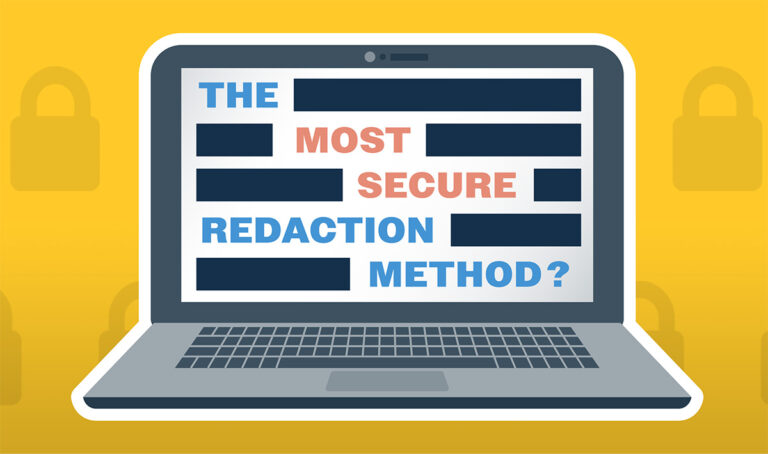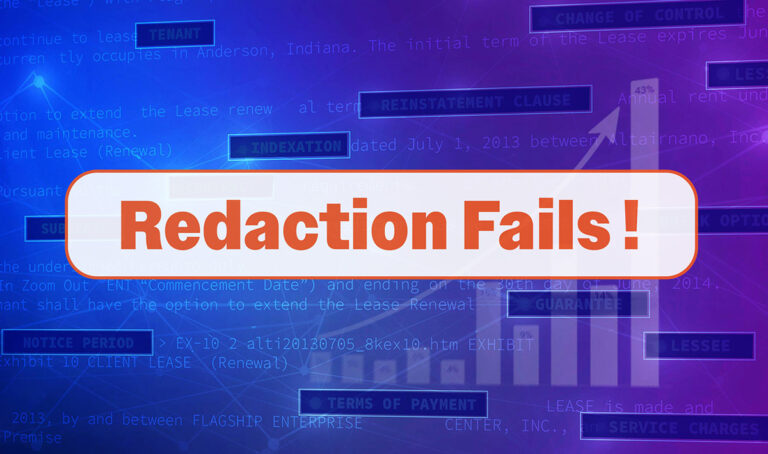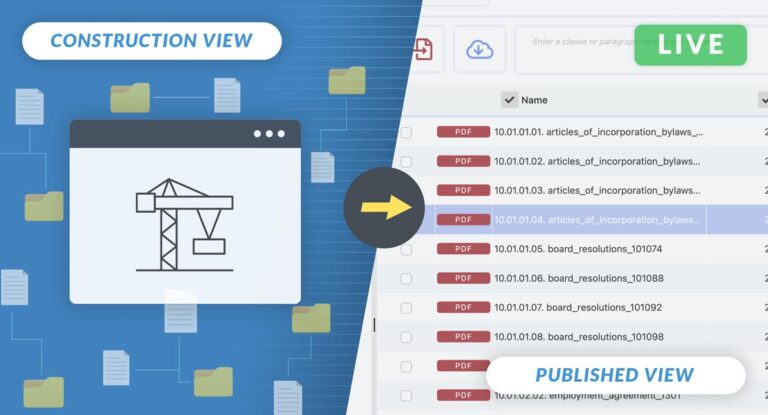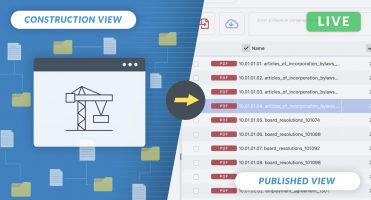Stefan Beishuizen – Regional Sales Director Benelux
[TL:DR] version: Data rooms can significantly reduce time and effort spent on real estate transactions, M&A Due Diligence, and all kinds of other projects in which large sensitive data sets need to be shared. Find out how below:
In recent years the use of a virtual data room during transactions has become commonplace. Though the value of the virtual data room has been extensively proven for M&A transactions, the Real Estate market had a tougher time adjusting. The reasoning is, well, reasonable; A large part of the data shared during a transaction is public information. Therefore, security only becomes a real issue when personal data or intellectual property is involved in the transaction. That being said, the real estate market has now embraced the virtual data room.
Why is using a virtual data room now standard practice for all large transactions and how could you, as a user, get more out of your data room? We’ve made a list below:
-
Data structuring and management for real estate transactions and M&A deals.
“When assisting clients in divesting their assets, we’ve seen well-utilised data rooms save, quite literally, days of time in terms of getting a transaction to market”. Daniel Pullinger – Group Training Manager
Over the years Real Estate data management has become more and more digital. Obviously, there is still some way to go but the real estate market has, without doubt, entered the digital age. With the increase in data came a new challenge: Data management. There are plenty of Real Estate management providers on the market that will house key data. However, when the time comes for a real estate divestment getting this data out is not always easy and, as it is often not complete, it is an even bigger challenge to collect the data and get it ready for your Real Estate Due Diligence. The virtual data room is a perfect place to collect data whilst preparing. Especially with the introduction of new AI tools that will allow you to quickly sort out what you need (and anonymise the sensitive information). Using tools to properly structure your data will allow you to use the virtual data room to its full potential. Allowing you to quickly determine access levels and user permissions, having a proper structure in place will save you hours if not days of setting up the virtual data room and lets your buyer get on with their research instantly.
-
Manage permissions during transactions
“You can quickly slice up an asset portfolio for a select group of bidders and manage all their permissions at once, whilst retaining control of a document even if it’s downloaded. This sets a Virtual Data Room apart from basic file sharing.” Stefan Beishuizen – Regional Sales Director Benelux at Imprima
-
Use the Q&A module to close deals faster
“We see the Q&A phase sometimes being conducted via Excel; not only is this labour intensive, it drastically increases the likelihood of human error and constitutes a major risk regarding future disputes.” Stephen Nicoli – Group Financial Controller at Imprima
Though the Real Estate world is getting more and more digital we see that the Q&A phase in many transactions is still done in Excel. Though digital in a way there are far more sophisticated ways to manage a (real estate) transaction.
Most virtual data room solutions worth their salt will offer a Q&A module. Not all of them are equally robust or capable of handling large transactions with many questions. However, using a robust Q&A module will take a large portion of admin work away from you. The added benefit for Imprima VDR users is that the Q&A also becomes part of the compliance archive, giving you a clean and compliant overview of all information shared with the buyer both in the virtual data room and during the Q&A phase of your transaction. Lastly a good Q&A module will allow you to automate much of the communication between the advisors and the owners of the Real Estate. This ensures a swift conclusion to the Q&A phase and therefore a quicker conclusion to the Due Diligence
-
Post-transaction best practice: Asset Data Lifecycle Management
“Post-transaction best practice can save months of work and help avoid delays in taking future transactions to market.” Thomas Horsman – Head of Technology at Imprima
Finally, following the conclusion of the transaction you as a buyer are now in the possession of a clean and well-structured data set concerning your new asset. Unfortunately, this data set tends to end up in an archive, not to be seen again until the moment the asset is to be sold again. At this point the data needs to be merged with information created during the hold period. This data may rest in the Real Estate Management software of your own Asset Management team but is likely spread out amongst various partners and advisors. Now the data set needs to be updated with new financial projections, property management information, updated architectural drawings, tenant information, etc. Advisors tell us that filtering through available information and finding the relevant information as well as the information that is missing can take weeks if not months, all delaying the transaction. Using a platform to connect your Asset Management team and all external advisors and partners to keep the original data set up to date, will cut this delay out of the process and will allow you to switch to a virtual data room instantly. If you want to learn more about closing the Real Estate Buy-Hold-Sell loop, do contact us, we would be more than happy to help.
-
Financial Transaction Compliance
At the end of the day we use a virtual data room for transactional security. We know exactly what information was shared throughout the Due Diligence process and that we’ve been compliant with local and international legislation. Especially in Europe, with the recent introduction of GDPR. When personal data is shared this must be anonymised during the transaction and the use of a virtual data room is critical to demonstrate the highest form of security is being utilised. This means that the threshold for using a data room needs to be lowered. Using a virtual data room should not be daunting, it should be viewed as the ideal aid to support your M&A Deal or Real Estate transaction and get it done as quickly as possible. The points above should help you get more out of your data room experience and help you to close transactions with the highest security available. Like many before you, we hope that you will find virtual data room functionality useful on a daily basis in a whole range of use cases that require a secure way of sharing sensitive data. Our clients find that a data room is the best way to easily and securely share their firms most sensitive information.
Virtual Data Rooms are being used for Mergers & Acquisitions, Raising Capital, Initial Public Offerings, clinical trials and even arbitration cases.
Are you wondering if a virtual data room would suit your project? Please don’t hesitate to reach out, we very much enjoy finding new use cases. For now, thank you for your attention!







